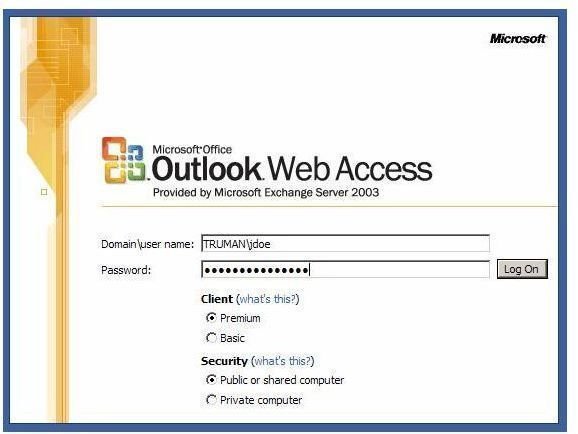Creating Templates in Outlook Web Access
Disclaimer: There Are No Templates for OWA… Sort Of
When a lot of people get Outlook Web Access (or Outlook Web App for you newcomers), they assume that it’s essentially just Microsoft Outlook, but usable anywhere. This is sort of true, because it is a fully functional e-mail client that does a lot of good for you if you’re on the go. The problem is that, unlike Outlook, OWA is lacking in some of the more complicated features. One of these features? The ability to create pre-set templates that will send in response to certain types of questions. Let me give you an example:
You work in the entertainment industry, and you’re constantly getting bombarded by press emails asking if you want to do interviews. Rarely, if ever, are you actually able to find the time to conduct such interviews, and so you tend to respond with something along the lines of “I would really love to, but unfortunately my schedule doesn’t allow for it!”. That’s great, but there is an easier way. In Outlook (and some other e-mail clients) you can create a pre-set template saying that exact thing, click one button, and then you’ve sent a response to the person without so much as touching your keyboard. Pretty nifty, right?
So, if OWA does not have access to these features, how can I do such a thing? Well, there are two ways to get around it, and the first one is done from within OWA.
Using Drafts as Templates
The first thing I found that you can do to get around the lack of templates in Outlook Web Access is to create a draft that’s accessible at any time with the words you want in your template, and then simply access the draft for copy/paste later on. To do this, first you’ll need to open up and log into OWA, followed by composing a new e-mail. You don’t need a specific recipient (in fact, the address area would better be left blank), and you don’t really need to think about organizing this e-mail into a specific folder. Just open it up, and type out exactly what you want your template to say. Make sure you sign it and add greeting words, or else you’ll look unprofessional.
Once you’ve gotten your e-mail written out, simply save the draft into the drafts folder and leave it there. You could consider labeling it “[Subject Template]” if you’re going to have multiple different pre-made messages like this, but for the most part this is all you’ll need. To access this in your time of need - like when a generic question is asked for the hundredth time - simply go to your drafts, press “Ctrl+A” or “Apple+A” to select all of the text, and then go paste it into the e-mail you want. Sure, it’s a little slower than the traditional version of templating, but it certainly works!
What About Vacation Templates?

Another useful type of template is the one that gets auto-sent when you are out of office, gone for a few days, or just can’t be bothered to respond to e-mails right now. This is something that OWA actually does support natively without the use of workarounds or other apps. Here’s how:
- Click on the ‘Options’ in the left frame.
- Select the Out of Office radio button. This should prompt you to draft your out of office template, so simply write something to the effect of “I am currently away, but I’ll be back on [date here]! Sorry for the inconvenience.”
- Save and close the message.
Anyone who e-mails you while “Out of Office” is selected will get this message returned to them, so make sure that you turn off this feature when you return from your trip or wherever it is you were.
Other Template Methods?
The use of templates in Outlook Web Access simply isn’t natively supported, so your options here are incredibly limited. If you’re not satisfied with either of the two things I’ve presented you with here, then your best bet is to simply wait until you can properly tend to your e-mail using Microsoft Outlook or another, more robust e-mail client. Alternately, there are many online e-mail services that include this functionality, but you’ll need to do some shopping around on your own before you can really decide for sure which one you want to use.
The bottom line? Outlook Web Access templates simply don’t fully exist. You can make your own through drafting, or you can set templates for when you’re away, but the only way you can use a fully functional, easy to access version of such a thing is to trade out for another client. Sorry to report that, but it’s out of my hands. Either way, happy templating - should you find these methods suitable.
References
- [Image] Outlook Web Access Log On Page, http://its.truman.edu/Image/outlook_web_access/outlookLogon.jpg
- [Information] Author Knowledge of E-Mail Clients
- [Image] Outlook Web Access Logo, http://www.cyberconnect.co.za/files/hosted-exchange-logo.jpg
- [Information] General Templating Info, http://www.uchastings.edu/infotech/email/faqs.html#How_do_I_create_a_template
